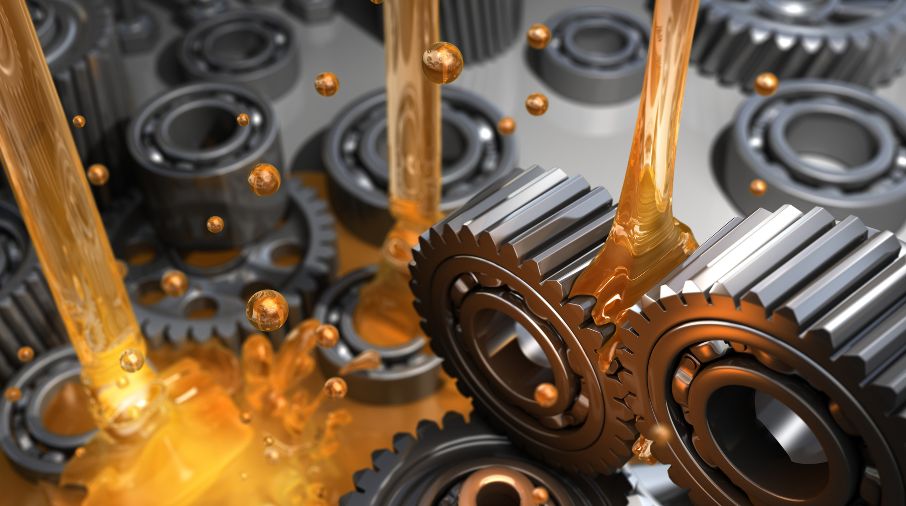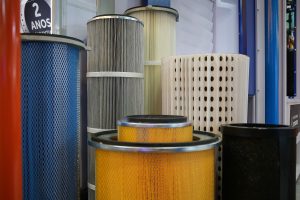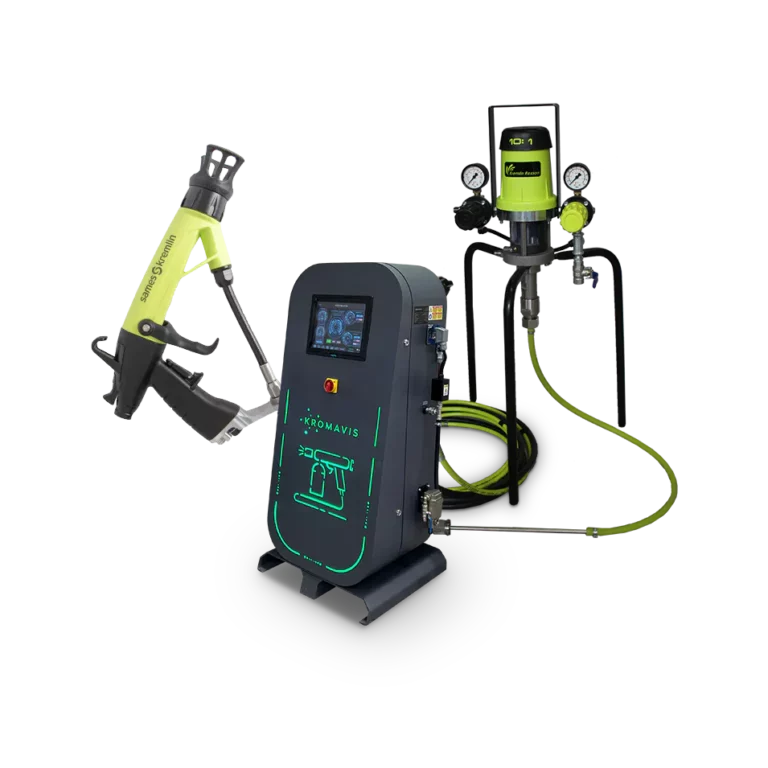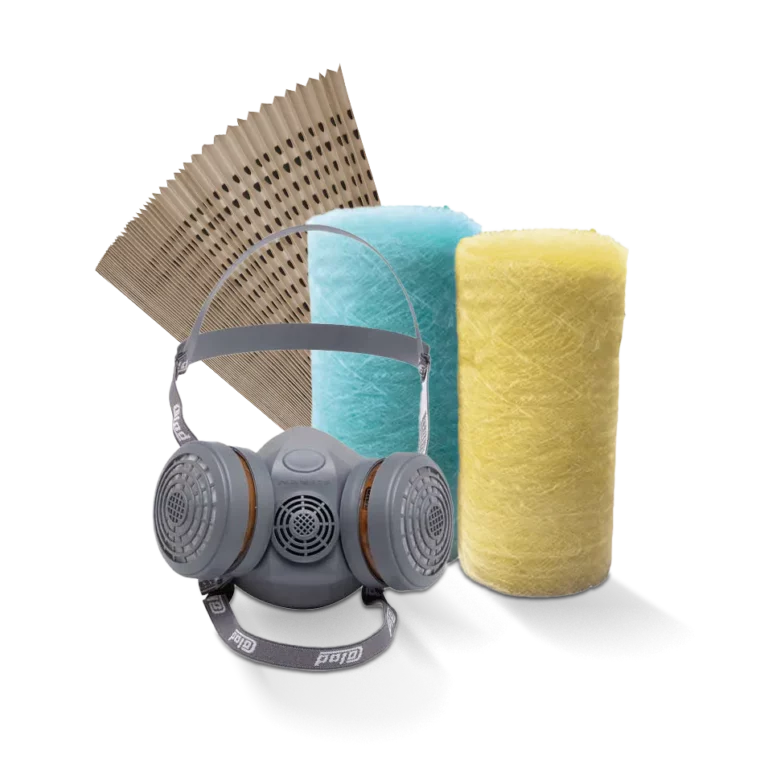The efficiency and durability of industrial equipment depend directly on proper lubrication, and grease flow meters play a crucial role in this process. These devices ensure precise lubricant application to machinery, reducing wear and preventing failures.
To meet diverse market demands, there are different types of meters, each designed for specific conditions, such as pressure, temperature, and grease viscosity. Furthermore, regular calibration and proper maintenance are essential steps to ensure equipment accuracy and reliability, avoiding waste and optimizing operating costs.
In this text, we will explore the main types of flow meters, their applications in industries, and best practices for selection, calibration, and maintenance, helping you choose the ideal solution for your needs.
What is a grease flow meter?
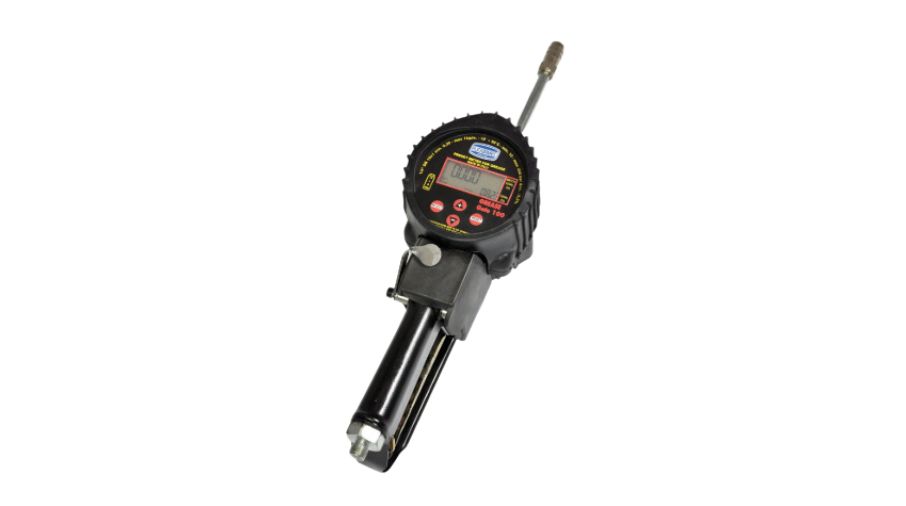
A grease flow meter is a device used to measure the amount of grease passing through a lubrication system, monitoring this flow in real time and ensuring that the correct volume is applied to specific points.
The use of these devices is necessary for several reasons: they prevent excess or lack of lubrication (prolonging the useful life of machines and equipment), help identify possible problems in the lubrication system (such as blockages and leaks), and also ensure that the correct amount of grease is used, reducing potential waste, which improves equipment performance by optimizing lubrication.
This optimization reduces repair and replacement costs caused by inadequate lubrication and minimizes excessive grease consumption, which impacts maintenance budgets. Using these devices also helps reduce the risk of machine failures due to insufficient lubrication, providing greater operational reliability, which is essential in many industrial activities.
What are the main benefits of using flow meters?
The meters ensure accurate measurements of the amount of grease used, promoting greater control, thus improving lubrication processes and ensuring that equipment is operating within recommended standards.
They also optimize grease usage, reducing waste and costs associated with maintenance and machine downtime, and allowing flow monitoring in real time, facilitating quick adjustments when necessary.
These gauges help reduce component wear, resulting in fewer replacements and longer maintenance intervals. They can be used in a variety of industries, including automotive, mining, steel, and other fields that require intensive lubrication.
Many systems help companies comply with safety and sustainability regulations, and some models can be integrated with industrial control systems, enabling automation and detailed reporting.
How a Grease Flow Meter Works

Grease flow meters are designed to measure the exact amount of grease passing through a lubrication system and they work by transforming the movement of grease into measurable signals, whether through mechanical displacement, electromagnetic properties or ultrasonic waves.
Initially, the grease is directed through the measuring device, following the system flow. After this initial step, flow detection is performed, i.e., the meter uses sensors or mechanical components to capture the grease's movement. This flow information is converted into measurable data—such as volume, mass, or flow rate—and this data is displayed on a dashboard or transmitted to remote monitoring systems.
Types of Grease Flow Meters
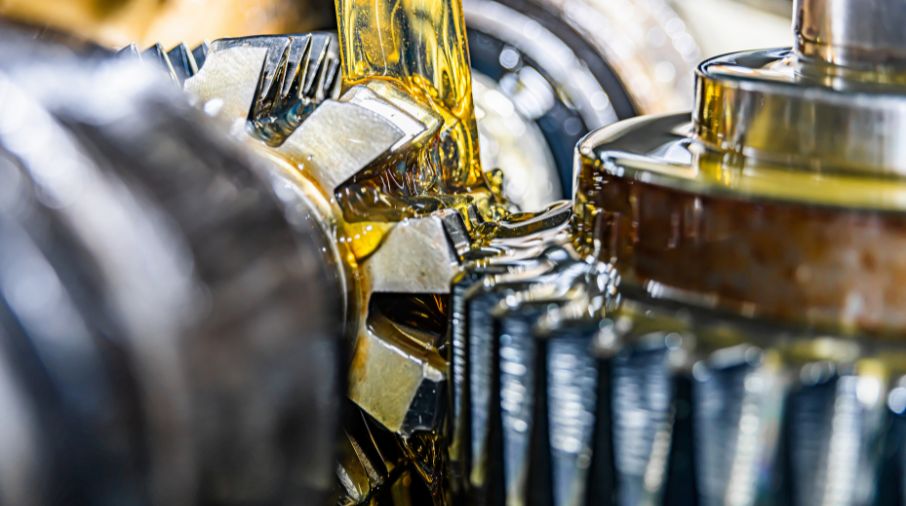
There are several models of grease flow meters. Let's take a look at the main ones:
Positive displacement meters
This model uses internal mechanical components (such as pistons, gears or rotors) that are displaced directly by the grease, so that the movement of these components is proportional to the flow, which allows for accurate measurements.
Their main advantages include high precision, even at lower flow rates, and ease of operation, making them ideal for viscous greases. Their disadvantages include requiring regular maintenance due to moving parts and the possibility of faster wear in environments with abrasive particles in the grease. These models are used in industrial continuous lubrication systems and high-pressure equipment applications.
Electromagnetic meters
These models measure the voltage generated by the passage of grease (when conductive) in a magnetic field, where the flux is calculated from this voltage. They are used especially in the chemical, petrochemical, and automotive industries.
The main advantages of this model include reduced maintenance requirements (since it has no moving parts), high durability and strength, and good accuracy for medium and high flows. Its disadvantages include not working with non-conductive greases and a higher initial cost.
Ultrasonic meters
These models work based on sending and receiving ultrasonic waves, where the difference in the transit time of the waves in relation to the flow allows the calculation of the speed and flow of the grease and is used in high-tech industries and sensitive applications.
Its advantages include non-contact measurement (ideal for high-viscosity grains), high accuracy in fast and variable flow rates, and reduced risk of wear due to the lack of moving parts. Disadvantages include sensitivity to air bubbles or impurities in the grease, high cost, and dependence on precise calibration.
Turbine meters
Finally, these models have an internal turbine that rotates as the grease flows, and the rotational speed is measured and subsequently converted to flow rate. Their most common use is in lubrication lines in agricultural and automotive equipment.
Its main advantages are its compact, economical design and easy installation, making it an excellent option for constant, clean flows. However, it is less effective for highly viscous greases, and its moving parts can become worn by abrasive particles.
How to choose the ideal flow meter
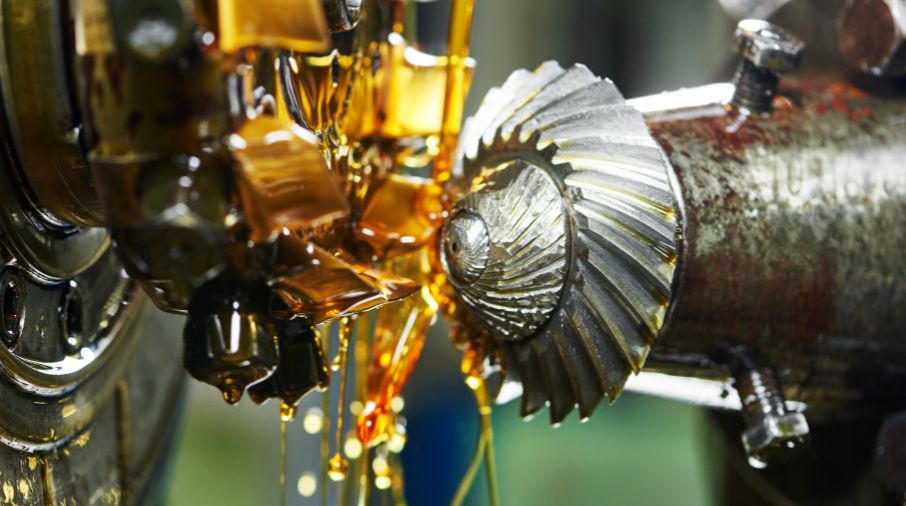
The first factor to consider when choosing the ideal flow meter is the viscosity of the grease you'll be using, as it affects its fluidity and, consequently, the meter's accuracy. Therefore, more viscous greases require meters designed to handle greater flow resistance.
Another factor to consider is system pressure, as some meters cannot withstand high pressures that can compromise their accuracy or structural integrity. Therefore, it's important to check the maximum pressure range supported by the meter and, for high-pressure systems, opt for more robust meters.
Temperature is another factor to consider, as it influences the viscosity of the grease and can impact the gauge materials, so make sure the gauge is made of materials that are resistant to extreme temperatures and designed for harsh environments.
Another factor that needs to be considered is that each meter has an ideal flow range for efficient and accurate operation, so identify the typical flow range of your system before purchasing, for example, ultrasonic or electromagnetic meters are suitable for variable or fast flows.
Finally, identify the application type, as needs vary between industrial, automotive, food, and other systems. Therefore, choose the meter based on the work environment and regulatory requirements, and consider specific system conditions, such as the presence of particles or risk of contamination.
Calibration and maintenance
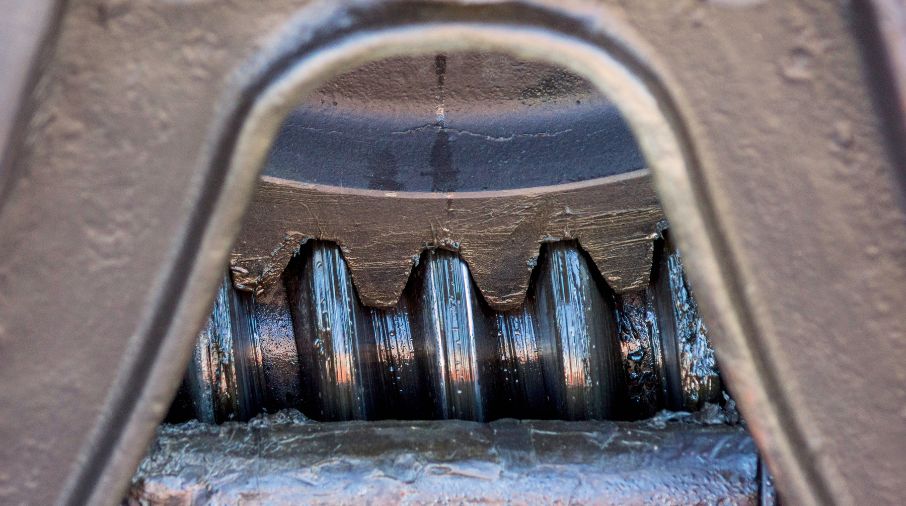
Regular calibration ensures that measurements are accurate and reliable, essential to avoid lubrication failures, as small, uncorrected variations can lead to grease waste or under-lubrication, resulting in premature equipment wear.
Many industries require measurement systems to meet specific standards, such as ISO, which rely on calibrated measurements. Furthermore, calibrated meters help avoid excessive grease use, reducing costs and minimizing the risk of unexpected downtime due to improper lubricant application. Regular calibration identifies and corrects deviations before they become serious problems, protecting the meter and connected systems.
Flexbimec Shop has an exclusive line of grease flow meters, access our page to learn about our products and, if you have any questions, you can always count on one of our experts.
Did you like this post? Share it with your friends or on social media. For more tips on painting and its equipment, visit our blog, always with exclusive content.
